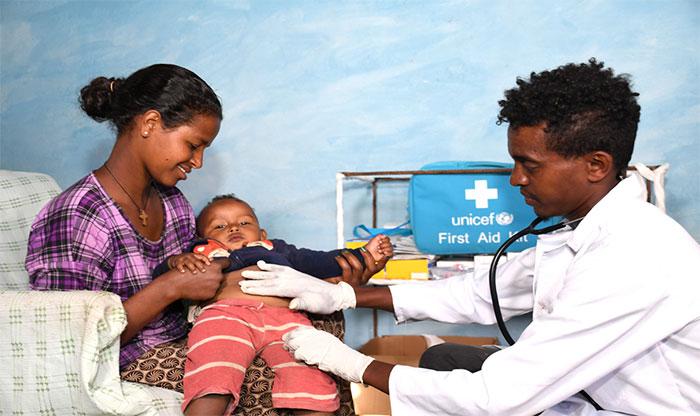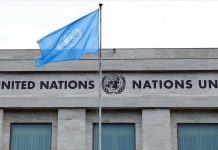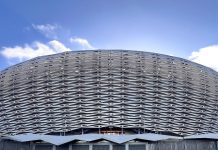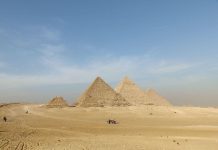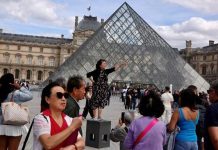Africa-Press – Eritrea. Eritrea has been recognized for its achievements in Health Care over the years spearheaded by the Ministry of Health (MoH). Many villages have sufficient health care centers, but there are still few with limited resources across the country that have difficulties in providing health services. To mitigate the problem, the MoH selected individuals from villages and gave them a six-month training so that they could give basic health services, including giving first Aid, raising awareness of the society about public health and conducting surveillance for any sign of pandemic.
We travelled to Mai-Hnzi village from the Arberebue’ Admiration in the Central region, a village of 57 households, and Adi Ara’da village, which has around 300 households, to find out more about their healthcare services.
The people of this village used to travel to Asmara to get health care. Anyone can imagine how hard that can be. We do not have access to potable water and depend on dams around here, so we are always at risk of getting sick. But the bare-foot doctors have been playing a great role in giving us basic health care services during emergencies, and they even visit patients at home to follow them up. We all know how hard it can be for the bare-foot doctor to walk all over the villages to take care of the community.
_____________________________________________________________________________________________________
I am from the Gala Nefhi Subzone in the Central region. I was selected to take the courses to be a bare-foot doctor to assist the communities that do not have access to health care centers and have transport problems. It was sad to see people who live in such places face life threatening situations. People died for illnesses or accidents that could easily be cured or stopped. So, it was very motivating to those of us who were selected to be bare-foot doctors and give service to the community. It doesn’t mean that we always find it easy to do our job. For instance, I am responsible for four areas — Areberebue’, Hadish Adi, Mai Hnzi and Madot. Transport is one of the challenges I have while visiting these places. I walk to all of the places, visiting one village a day. The presence of bare-foot doctors means that the people don’t have to go through all the trouble of looking for transport to travel to the nearest health center. And the community gives us all kinds of support.
___________________________________________________________________________________________________
This area consists of about 300 households. As a bare-foot doctor, I examine patients, and if their conditions aren’t severe, I prescribe medicine and if their condition is serious I refer them to Adi Hawsha Health Care Center, which is a few kilometers from here. This has saved energy and helped avoid unnecessary deaths for the people in these areas. One of the biggest problems here is that some patients take medicine that is not prescribed by a health professional. So, we often advise the public on proper use of medicine and treatments they can apply at home. I am always happy to help my patients in any way I can, and I am glad I am of service to
the community.
___________________________________________________________________________________________________
It’s a relief to have the bare-foot doctors; I can say that the village is alive because of them. Finding health care service was one of the biggest challenges here. During emergencies, we used to travel to Adi Hawsha and then to hospitals in Asmara. Now, to see patients go home knowing what’s wrong with them and have their medicine just from a corner is a blessing. We didn’t get to do that before. I can finally say that we are well-equipped for emergencies here.


